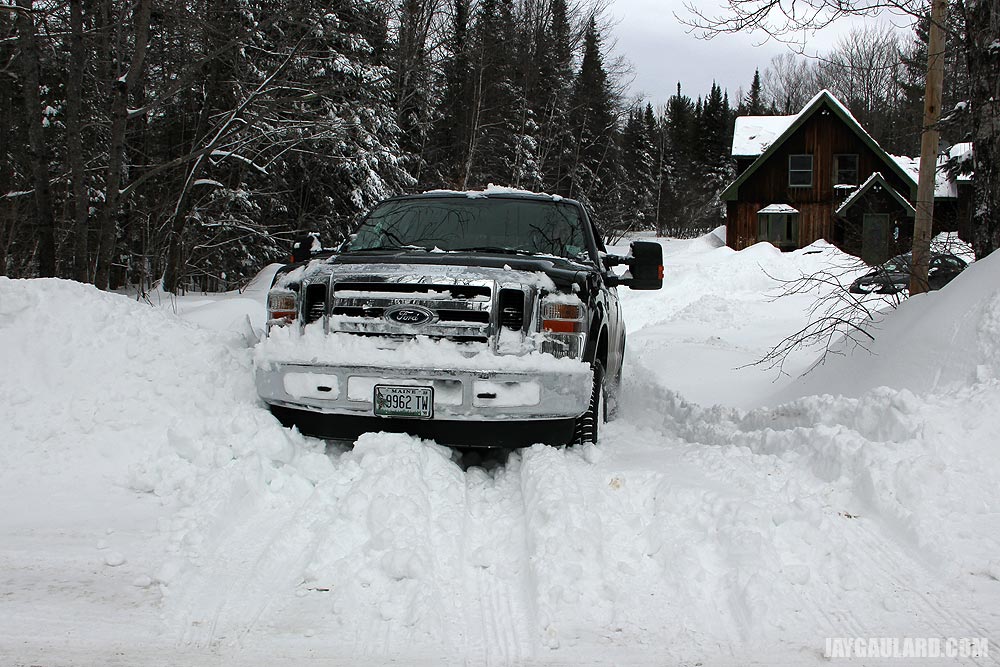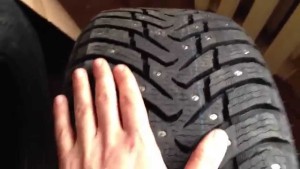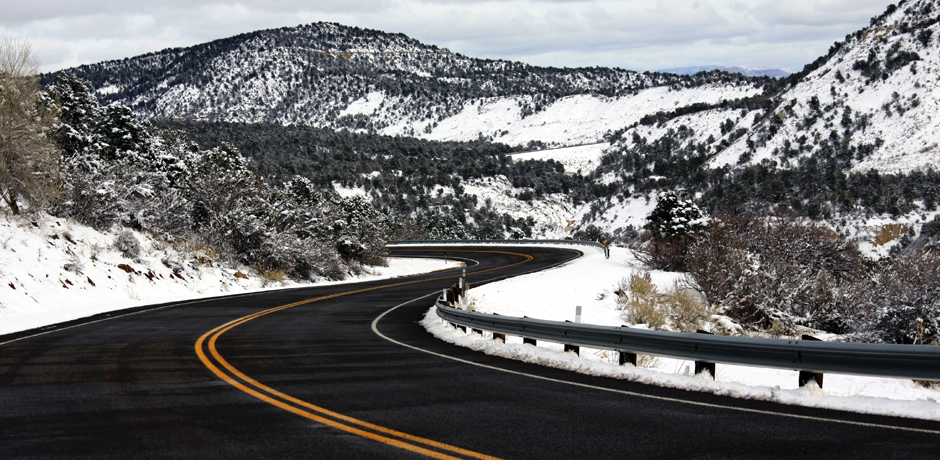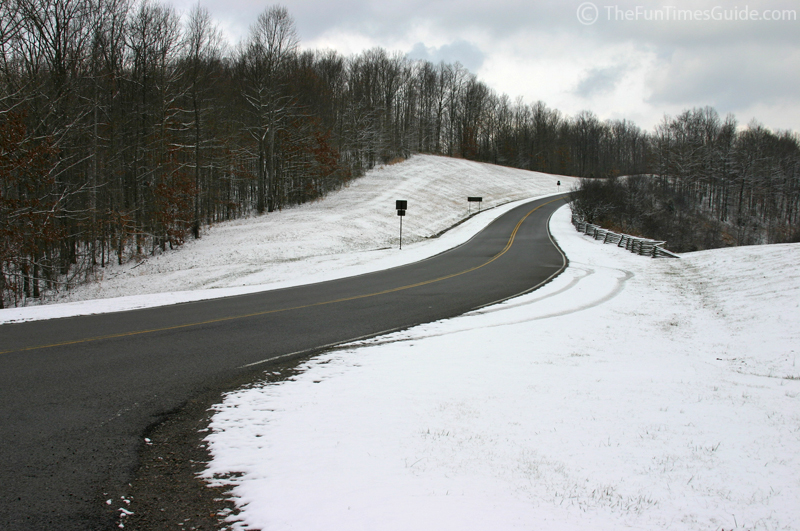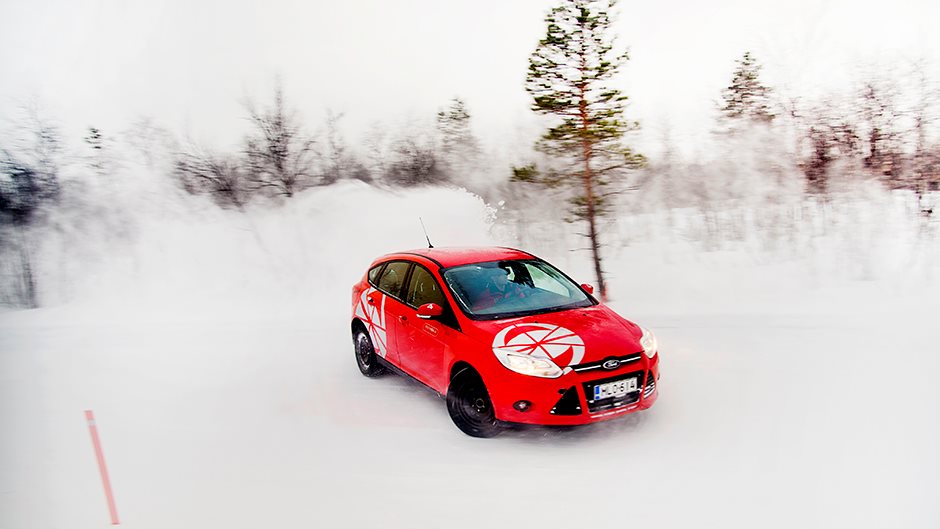Every veteran Saskatchewan driver has been stuck in the snow at one point or another. In some cases, it’s unavoidable, as the vehicle becomes hung up on a bed of deep snow. In others, it’s simply a case of using inadequate tires or techniques. So, the obvious first step is a set of winter tires with good tread depth. With that out of the way, we can focus on technique. Here are the most important things to remember when driving in deep snow: Continue reading
Monthly Archives: October 2015
Maximizing Studded Tire Life
Like most things, a studded tire can be carelessly ruined in a very short period of time. But with care, it can provide many years and many tens of thousands of kilometers of effective service. To achieve the latter, the tire must be broken-in properly, rotated correctly, and driven in a reasonable manner. Continue reading
Filed under Editorials
Do Winter Tires Really Outperform All-Seasons on Cold Dry Roads?
You’ve probably heard or read recommendations that winter tires be used even on dry or wet pavement at temperatures well above freezing, often around seven degrees Celsius. This might sound strange to anyone who has driven many types of tires aggressively, and found winter tires to feel slippery and mushy even at temperatures far below that. This quote from The Globe and Mail article When Should I Switch Over to Winter Tires is typical of what one might read:
“The rubber in all-season tires starts to harden – think hockey puck – when the temperature drops below 7C. The harder it gets, the less traction tires have.”
Does that mean that winter tires outperform all-season tires at those temperatures? Continue reading
Filed under Editorials
Studded Tires on Dry and Wet Pavement
A common concern for people considering a studded tire purchase relates to the performance on wet and dry pavement when there is no ice or snow. It seems reasonable to assume that metal studs will decrease traction on both asphalt and concrete, and that assumption is correct. Tire Rack testing showed that studding a tire will increase both wet and dry braking distances by about 5%.
So, a studded tire is slightly inferior on good roads compared to a studless version of itself. Regardless, tires that are studless by design actually tend to perform more poorly in that situation than studded tires. Continue reading
Filed under Editorials
The 2015 Norwegian Automobile Federation Winter Tire Test is Out!
The 2015 edition of the world’s most comprehensive winter tire test has been published.
The Nokian Hakkapeliitta 8 returns as the defending champion. Continental brings an updated version of their second-place ContiIceContact – the ContiIceContact2 – to the table this year. The rest of the top nine studded tires return as they were in 2014. But that doesn’t mean the finishing order will remain static. No tire can be the best at everything, so different ice, snow, and weather conditions will always result in slightly different finishing orders. Continue reading
Filed under Editorials, News
The Studless Tire Deception: Ice Temperature and Why Studless Tires Frequently Outperform Studded Tires in Tests
We’ve all seen North American tire tests where studless tires outperform studded tires in icy conditions. How does that happen?
It’s all about the temperature of the ice. When the ice is very cold, studs cannot dig into it. The studs will scratch and chip the ice – improving the available traction for the next driver – but it’s the rubber compound and tread siping providing most of the grip, so studless winter tires have an advantage in those conditions. But the advantage is relatively minor. Tests showing studless tires to have a significant advantage usually involve the comparison of the best modern studless designs against a much older or cheaper studdable winter tire with harder rubber compounds and basic TSMI studs, performed on very cold ice. Typically, ice temperature will not be specified at all in tire tests. Continue reading
Filed under Editorials
